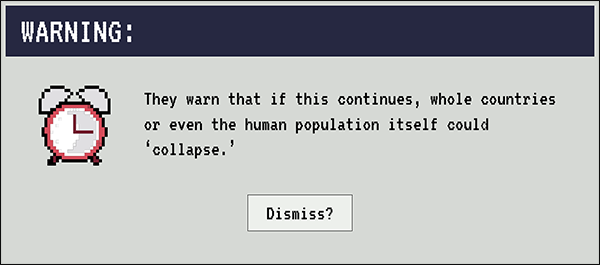Scroll down
It may seem confusing that fears of an ‘underpopulation crisis’ are rising when the world’s population has more than doubled in just 50 years, and the global fertility rate remains above the so-called ‘replacement-level’ of 2.1 births per woman. But with an estimated two thirds of the world population now living in a country or area with sub-replacement fertility, alongside the increasing number of States confronted by lower fertility numbers, anxieties surrounding 'underpopulation' are increasingly common.

Despite fears that soon there will be ‘too few’ people to sustain our economies, services and societies, experts say falling birth rates do not spell disaster. Instead, they are hallmarks of demographic transition and correlate with rising lifespans. Since 1950, global average lifespans have increased by almost 28 years (from 45.51 to 73.16 in 2023), accompanied by a decline in global fertility from an average of 5 births per woman in 1950 to 2.3 births per woman in 2021.
These developments are an indication of the increasing control that individuals, particularly women, are able to exercise over their reproductive lives – and how quality of life improves with access to rights and choices.